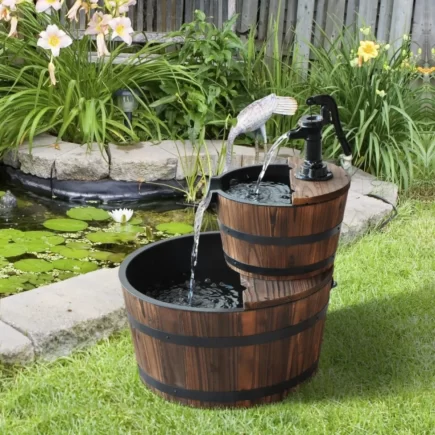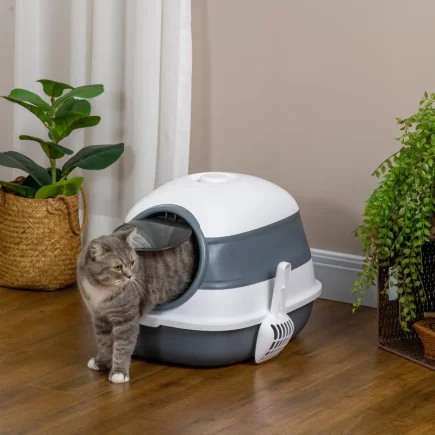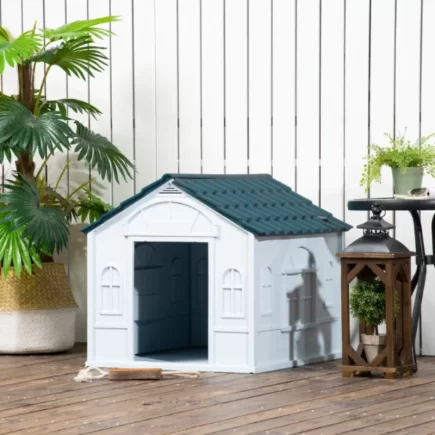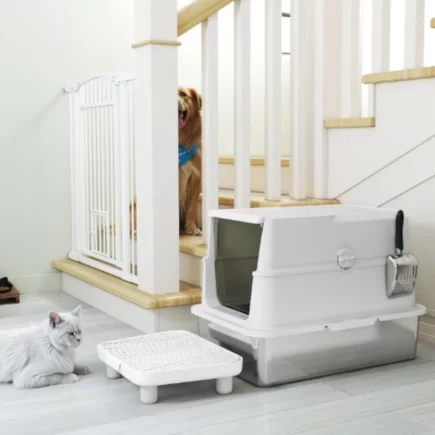Air fryers have quickly become one of the most popular kitchen appliances. With their ability to make crispy French fries, juicy chicken wings, and roasted vegetables without a deep fryer, it’s easy to see why so many people use them almost daily. But just like your oven, stovetop, or coffee maker, an air fryer needs regular cleaning.

This guide will walk you through everything you need to know about cleaning your air fryer. From the right tools to a detailed step-by-step cleaning process, plus extra tips on odor control and long-term maintenance, you’ll be able to keep your fryer in peak condition for years to come.
Preparation Before Cleaning
Cleaning an air fryer doesn’t require special tools or expensive products. However, preparation is essential both for safety and for making the process efficient.
Unplugging and Cooling the Appliance
Always unplug your air fryer before cleaning. This eliminates the risk of electric shock and ensures the heating element is completely safe to touch. Let the fryer cool for at least 20–30 minutes after cooking. Even though it’s tempting to dive right in, trying to clean while it’s still hot can cause burns or damage the non-stick coating.

Gathering the Right Supplies
The right tools make all the difference. Harsh chemicals and metal scrubbers should never touch your air fryer, but a few everyday supplies will get the job done safely.
Recommended Supplies for Cleaning an Air Fryer
| Supply | Purpose | Notes |
| Mild dish soap | Breaks down grease and food residue | Choose a degreasing formula |
| Warm water | Softens stuck-on food | Avoid boiling water to prevent damage |
| Non-abrasive sponge | Cleans without scratching non-stick coating | Never use steel wool or scouring pads |
| Microfiber cloth | Wipes interior, exterior, and screen | Lint-free and safe for digital panels |
| Baking soda | Removes burnt-on stains and neutralizes odors | Mix with water into a paste |
| White vinegar | Cuts grease and deodorizes | Use diluted (50:50 with water) |
| Lemon | Freshens and eliminates smells | Great natural alternative to chemicals |

Tip: Keep these supplies in a small caddy or bin so you can grab them quickly after each use.
Step-by-Step Cleaning Instructions
Step 1: Remove and Empty the Basket and Tray
The basket and tray collect the most crumbs, grease, and drippings. Start by pulling them out carefully once the fryer has cooled. Discard any leftover food or oil directly into the trash instead of rinsing into the sink, this prevents clogs in your plumbing.

Pro Tip: If you often cook fatty foods like chicken thighs or bacon, consider lining the basket with a parchment liner. This makes cleanup faster and minimizes grease splatter.
Step 2: Wash the Removable Parts
Once emptied, wash the basket, tray, and pan in warm, soapy water. A soft sponge or dish brush works best for cleaning around the mesh and corners. Avoid using anything abrasive, as it will damage the non-stick surface.
Hand-Wash vs. Dishwasher:
- Hand-washing is gentler on non-stick coatings and prolongs the life of your fryer.
- Dishwasher cleaning is faster and convenient, but repeated cycles may wear the coating over time.
Best Practice: Use the dishwasher for heavy, greasy loads and hand-wash when possible.
Step 3: Soak for Stubborn Grease and Residue
Some recipes, especially breaded foods or marinated meats, leave sticky residue. For these situations:

- Soak in Hot, Soapy Water: Place the basket and tray in hot, soapy water for 20–30 minutes. This loosens grease and food particles.
- Baking Soda Paste: Mix baking soda with water to form a thick paste. Spread over stubborn stains, let sit for 10 minutes, and scrub gently with a sponge or toothbrush.
- Vinegar Rinse: A 50:50 vinegar-water solution can break down oil while deodorizing.
Step 4: Clean the Interior Walls and Fan Area
The interior walls collect splatters of oil and seasoning. Use a damp sponge or microfiber cloth to wipe down all surfaces. For tough spots, apply a small amount of dish soap mixed with warm water.
Important: Never pour water directly into the fryer base or soak it in the sink. The electrical components inside can be permanently damaged.
Step 5: Clean the Heating Element
The heating element is where grease buildup can become a real problem. Over time, it can smoke or reduce performance.
- Turn the fryer upside down to access the heating coil.
- Dip a cloth in soapy water, wring it until it’s barely damp, and gently wipe the coil.
- Rinse with another cloth dampened with clean water.
- Allow it to air dry completely before using.
Tip: A soft toothbrush works well to get into tight spaces without damaging the coil.
Step 6: Clean the Exterior and Control Panel
The outside of your fryer also gets greasy, especially if you keep it near the stovetop. Use a microfiber cloth lightly dampened with soapy water to wipe down the exterior.

- For digital panels, avoid spraying cleaners directly on the screen. Instead, spray the cloth and wipe gently.
- For stainless steel finishes, wipe with the grain to prevent streaks.
Step 7: Dry All Parts Thoroughly
Moisture is one of the biggest threats to your air fryer’s longevity. After cleaning:
- Leave the basket and tray to air dry on a rack or towel.
- Wipe interior and exterior surfaces with a dry microfiber cloth.
- Allow everything to sit out for at least an hour before reassembly if possible.
Step 8: Reassemble the Air Fryer
Once every part is completely dry, reassemble the fryer. Double-check that all parts click into place correctly. Plug it in only after confirming there’s no leftover moisture.
Tip: Store the air fryer in a clean, dry location. Avoid pushing it against a wall to allow ventilation and prevent grease buildup behind the unit.
Dealing With Grease and Odors
Even when you clean regularly, it’s common for an air fryer to hold on to lingering smells. This usually happens because small bits of grease or food hide in corners, under the basket, or near the heating element. If left untreated, odors can affect the taste of your food. Cooking neutral foods like plain bread for 5 minutes after cleaning can also help absorb odors.
Mistakes to Avoid
Many people unknowingly damage their air fryers by cleaning incorrectly. Avoid these common errors:
- Using Steel Wool or Abrasive Cleaners: These scratch non-stick coatings, leading to flaking and food sticking.
- Soaking Electrical Components: Never submerge the base or control panel in water.
- Reassembling Too Soon: Putting parts back together while damp encourages rust, mold, and odor.
- Skipping the Heating Element: Even if it doesn’t look dirty, grease can hide there and cause smoke.
Tips for Long-Term Maintenance
Regular maintenance not only makes cleaning easier but also extends the lifespan of your air fryer. A little consistency goes a long way.
Use Liners to Minimize Mess
Parchment paper liners or reusable silicone mats are excellent for catching grease and crumbs. Choose perforated versions so air can still circulate properly.
- Parchment Paper Liners: Disposable and convenient, great for messy foods like chicken wings.
- Silicone Liners: Eco-friendly and reusable, ideal for everyday cooking.
- Aluminum Foil: Works for fatty meats, but always secure it tightly to avoid blocking airflow.
Avoid Overcrowding the Basket
Stuffing too much food in at once causes crumbs and grease to fly around, leaving more mess to clean. It also prevents even cooking. Cook in smaller batches for crispier food and less cleanup.
Wipe After Every Use
Even if you don’t do a full clean, quickly wiping down the basket and walls after cooking will save time later. Waiting until buildup hardens makes cleaning far harder.
Store the Fryer Properly
Keep your air fryer in a dry, ventilated spot on the counter or in a cabinet. Avoid pushing it tightly against the wall, grease vapor can accumulate behind it, creating hard-to-clean stains.
Cleaning your Air Fryer may feel like a chore, but it’s one of the easiest ways to keep this handy appliance working like new. With the right supplies, a consistent routine, and careful attention to problem areas like the heating element and basket, you’ll avoid odors, prevent smoke, and ensure your food always tastes its best.
FAQs
1. Is it safe to use disinfectant wipes on an air fryer?
Not on surfaces that touch food. You can use disinfectant wipes on the outer shell, but only use food-safe cleaners inside.
2. What should I do if food is stuck between the mesh of the crisper plate?
Soak the crisper plate in hot, soapy water for 20 minutes, then use a toothbrush or wooden skewer to dislodge the trapped food gently.
3. Can I use a degreaser spray for tough messes?
Only if it’s non-toxic and labeled safe for kitchen appliances. Always rinse thoroughly to remove any chemical residue before using the fryer again.





























